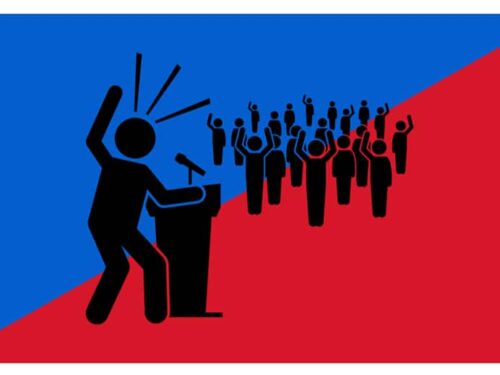
Creating a team that works well together is no easy task. In 2012, Google launched “Project Aristotle” and studied 180 of their own teams to find out why some groups work well and others don’t. In his article “What Google Learned From Its Quest to Build the Perfect Team,” Charles Duhigg of the New York Times explains Google’s interesting findings about what makes teams successful.
The best teams are not necessarily made up of the best employees, like-minded people, or people who are friends outside of work. Instead, the success of a group has more to do with how people in a group treat each other. Successful teams generally share two norms in particular.
- “Equality in distribution of conversational turn taking” | In successful groups, each member speaks roughly the same amount.
- “Average social sensitivity” | This is the ability to intuit how other people are feeling using cues like tone of voice and expressions. You can measure social sensitivity with the “Reading the Mind in the Eyes” test. Show someone a picture of a person’s eyes and ask them to determine what the person is feeling.
Both of these are aspects of “psychological safety,” which Google concluded is the most important factor in whether a team will be successful. Psychological safety is defined by Harvard Business School professor Amy Edmondson as a “shared belief held by members of a team that the team is safe for interpersonal risk-taking,” where people have “a sense of confidence that the team will not embarrass, reject, or punish someone for speaking up.”
In other words, members of a group need to feel comfortable with each other. Employees like to feel that they are able to be themselves at work, not a “work version” of themselves. Project Aristotle demonstrates that successful teams are a product of emotional interactions, experiences, and how our teammates make us feel.




